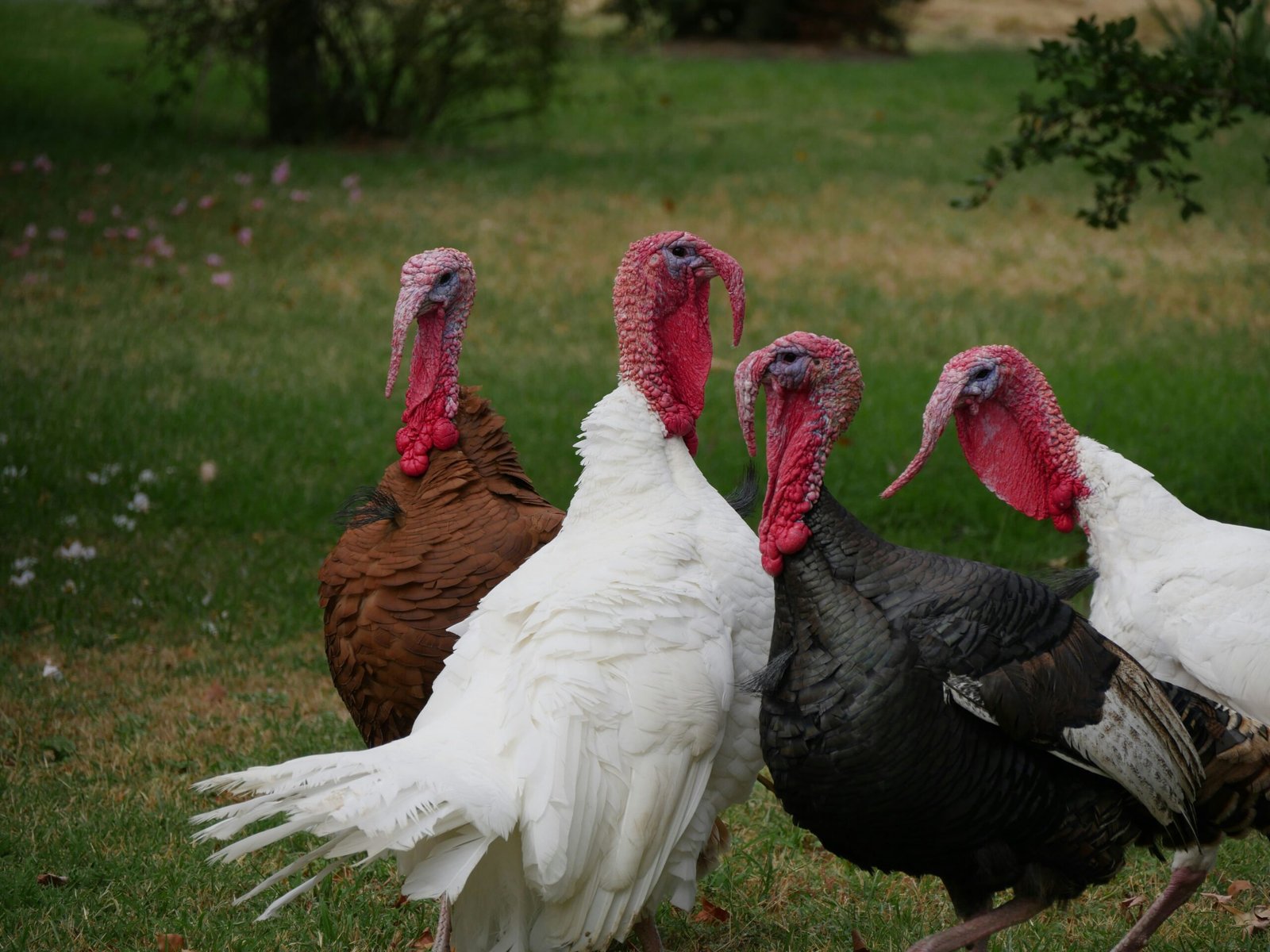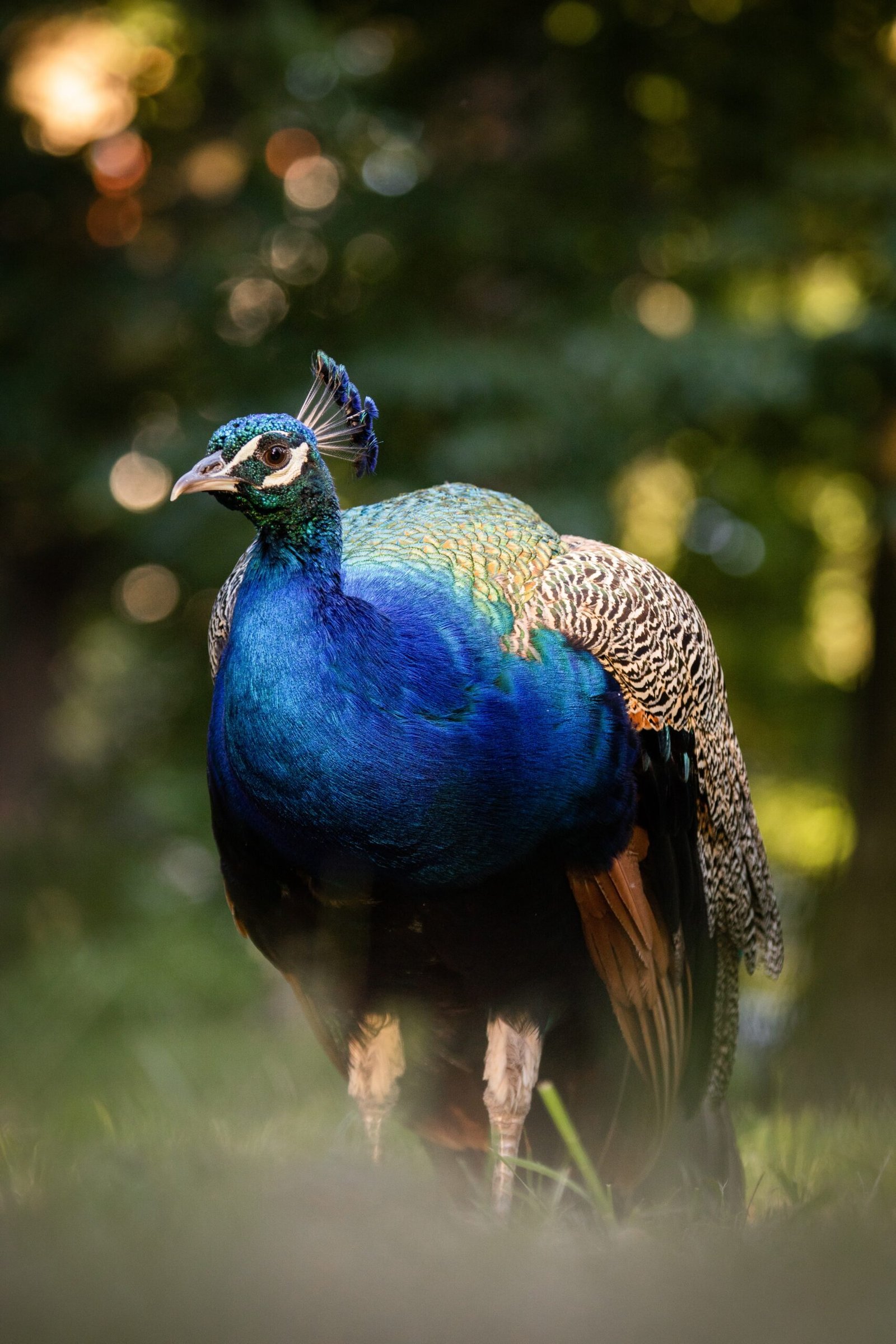Turkeyology: Exploring the Fascinating World of Turkeys

The Diversity and Importance of Turkeys
Turkeys are fascinating creatures that have captivated humans for centuries. They are native to North America and are known for their distinctive appearance, with males sporting vibrant plumage and fleshy growths called wattles and snoods. While turkeys are often associated with Thanksgiving feasts, there is so much more to these birds than meets the eye.
The History and Cultural Significance of Turkeys
Turkeys have a rich history and cultural significance. They were domesticated by Native Americans thousands of years ago and were an important source of food and feathers. Turkeys also held symbolic value in many Native American tribes, representing abundance, fertility, and spiritual connection.
When European explorers arrived in the Americas, they were introduced to turkeys and quickly recognized their potential as a food source. Turkeys were brought back to Europe, where they became popular and were eventually bred selectively to create the domesticated turkeys we know today.
The Life Cycle and Behavior of Turkeys
Turkeys go through a fascinating life cycle. They start as eggs, which are laid in nests on the ground. The female turkeys, known as hens, incubate the eggs for about a month until they hatch. Once hatched, the young turkeys, called poults, are precocial, meaning they are able to walk and feed themselves shortly after birth.
Turkeys are social animals and live in flocks. They communicate through a variety of vocalizations, including gobbling by males during mating season. Turkeys are also known for their elaborate courtship displays, where males puff up their feathers, fan out their tails, and strut around to attract females.
Turkeys in the Wild and on Farms
Wild turkeys are found in forests and woodlands across North America. They are skilled flyers and roost in trees at night for safety. In contrast, domesticated turkeys are bred for their meat and are unable to fly due to their size and weight.
Turkeys raised on farms are typically larger and have more white meat compared to their wild counterparts. They are an important part of the agricultural industry, providing a significant source of meat for consumption.
The Future of Turkeys
While turkeys have faced challenges in the past, such as habitat loss and overhunting, conservation efforts have helped their populations recover in many areas. Organizations and individuals are working to protect and preserve these magnificent birds for future generations to enjoy.
As we continue to learn more about turkeys, their behaviors, and their ecological roles, our appreciation for these remarkable creatures grows. Whether they are roaming in the wild or gracing our dinner tables, turkeys will always hold a special place in our hearts and in the world of nature.
So, the next time you see a turkey, take a moment to appreciate the beauty and complexity of these incredible birds. Turkeyology is an ongoing study, and there is always more to discover about these fascinating creatures.




